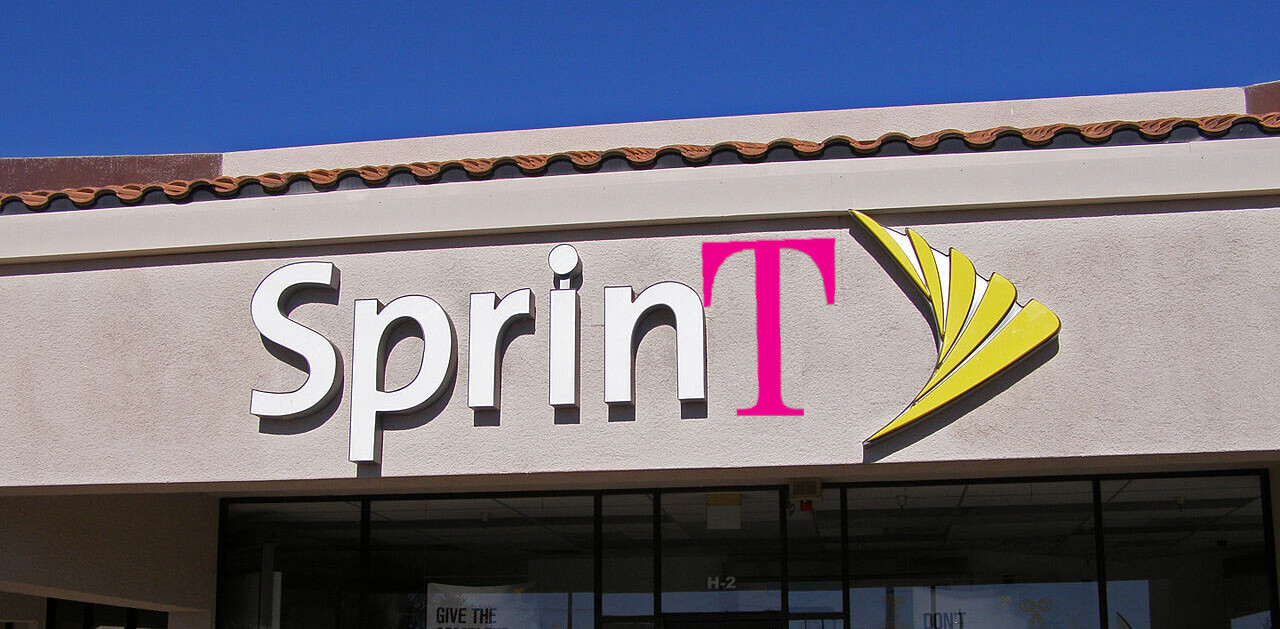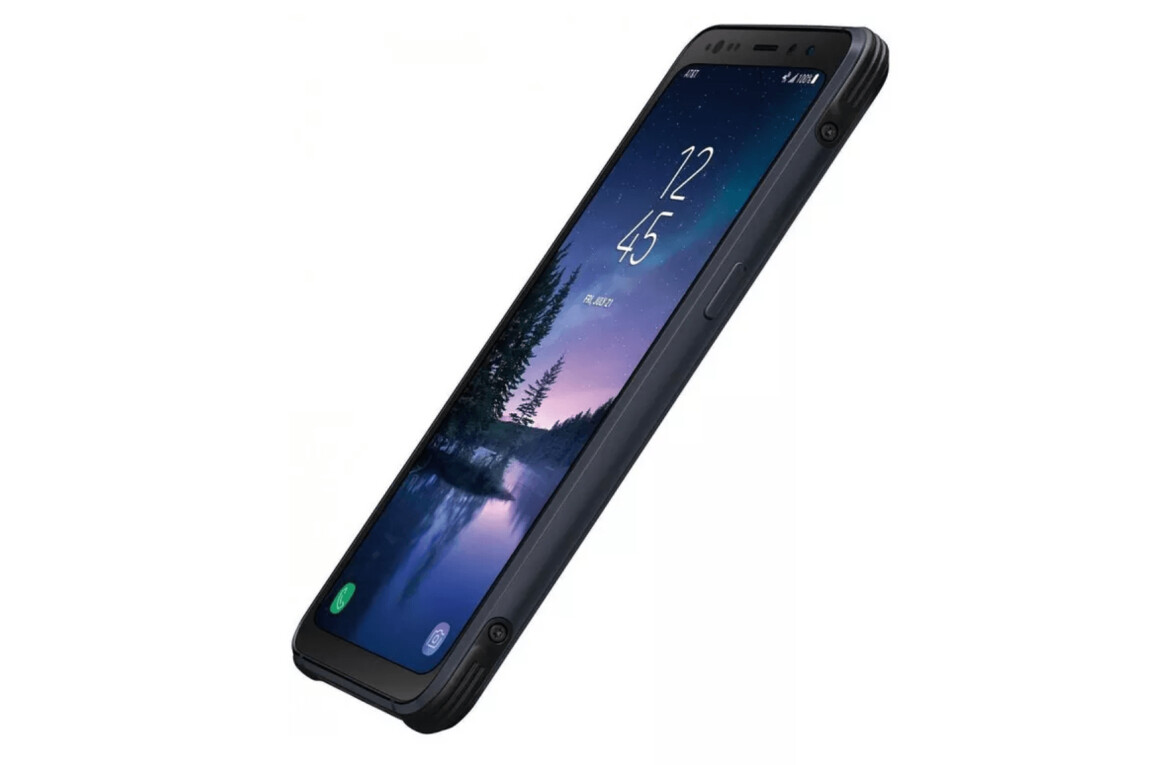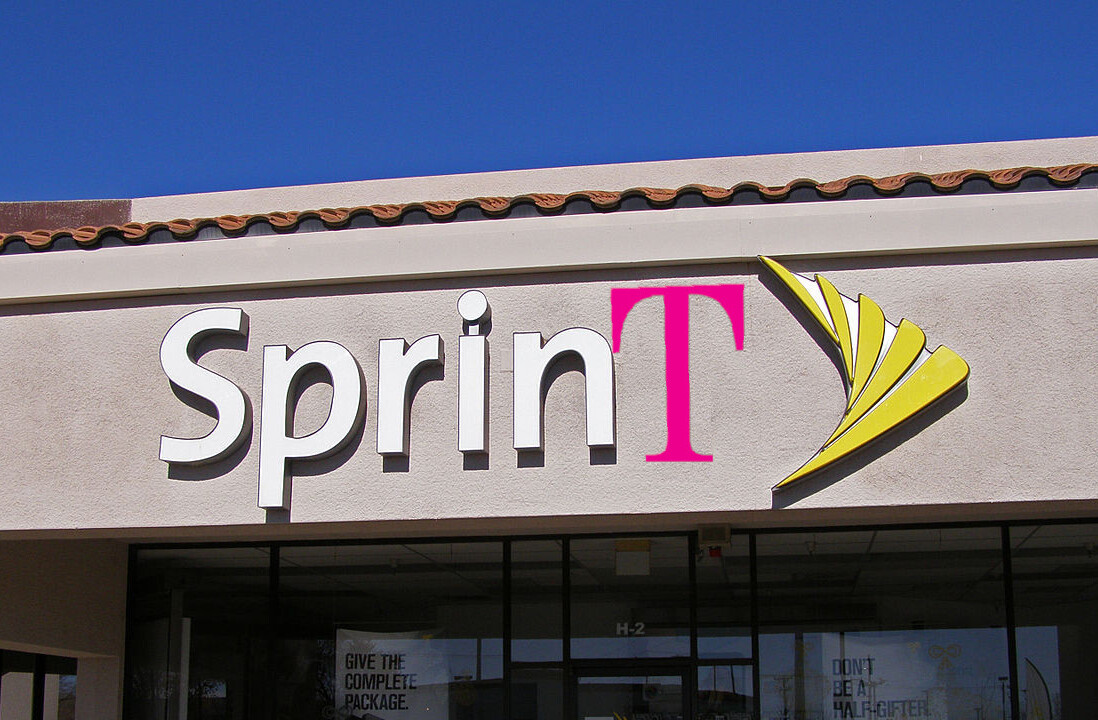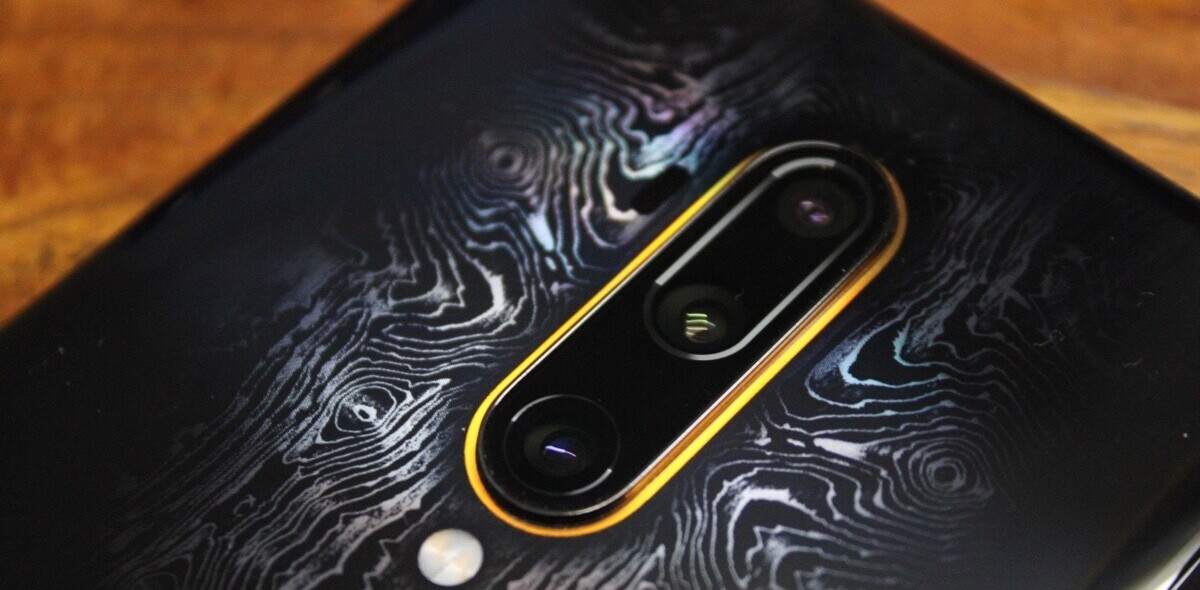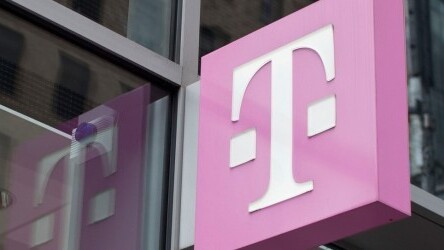
T-Mobile has launched its new LTE network in the United States today, offering a series of revamped price plans that look to step away from the heavily subsidized handset approach pioneered by operators.
The seven metropolitan areas that will be covered by LTE are; Baltimore; Houston; Kansas City; Las Vegas; Phoenix; San Jose, Calif.; and Washington, D.C.
T-Mobile’s advanced LTE network is expect to expand further over the coming months, however, reaching 100 million users in the US by midyear and 200 million by the end of 2013.
It’s important to note that this will be used to supplement T-Mobile’s existing 4G network, rather than replace it. LTE-enabled devices will automatically transition between 4G and LTE coverage as users move in and out of the seven aforementioned cities.
John Legere, CEO of T-Mobile reportedly said: “When you drop from LTE, as a lot of you who are on other carriers do, on our network you will go to HSPA+ 42Mbps… it won’t be like on other carriers where you go ‘Holy @#%^, what happened to my phone?'”
T-Mobile has also unveiled what it is describing as an ‘un-carrier’ approach to contracts, starting with the Simple Choice plans. T-Mobile is hoping to eliminate annual contracts by offering a more simple setup; users start with one line, costing $50 per month for unlimited calls and texts, and 500MB of LTE data.
Customers can add a second line for $30 per month, with each additional line costing $10 per month. The 500MB cap can also be increased to 2GB for an extra $10 per month, per line. Unlimited data, meanwhile, is $20 more per line and users can also opt-out of the plan at anytime.
“Customers don’t need another AT&T,” Legere reportedly added. “Customers need carriers to stop acting like AT&T.”
That’s not quite as simple as some had hoped, but it’s certainly a start. What’s really important, however, is that none of these prices accommodate a subsidized device.
So for starters, users won’t be forced onto a more expensive price plan in order to receive a better smartphone. Similarly, they won’t have to wait until the end of their contract in order to upgrade.
“Contracts: you have to,” Legere reportedly added. “Nobody wants to, you have to, and when you sign that contract you’re locked into the rate plan and that phone. By the way, that phone that seemed so beautiful… how long until it’s a dinosaur?”
So customers can purchase a device from T-Mobile at anytime, either in one lump sum or via a series of interest-free monthly instalments. It’s also possible to use an unlocked device at anytime, which is particularly useful for those who prefer to buy their iPhone from Apple or Nexus device from the Google Play store.
If T-Mobile is to succeed, however, it’s going to need some pretty competitive prices for these handsets. The network operator will be offering the BlackBerry Z10 and HTC One for $99.99, or 24 monthly payments at $18. The ’T-Mobile Sonic 2.0 Mobile HotSpot LTE’, meanwhie, will be available for $29.99 or 24 monthly payments priced at $5.
The Samsung Galaxy S4 will also be available, although pricing has not yet been disclosed.
Image credit: Andrew Burton / Getty Images
Get the TNW newsletter
Get the most important tech news in your inbox each week.

